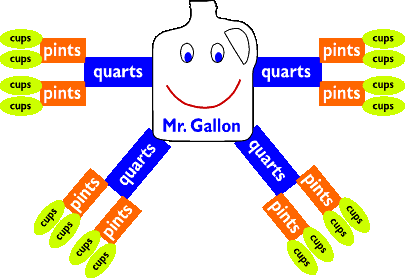Manipulatives are wonderful tools to show students the guts of mathematics. I am a visual learner so for me it is particularly helpful. I have faint memories of some manipulative activities but I don't think they were used as heavily as today. So far in my observations I have noticed a huge emphasis on the use of manipulatives. The students seem to love using them because they get to play as well. Most of the time the teachers give them some free play time before the lesson starts. I think it is a great way to calm down the kids and allow them to focus.
This video uses drawings as a way to give students a visual of how fractions work. I think either drawing it out or using manipulatives is the most straight forward approach. I found this video at a home schooling website. The subsection talks about how common the struggle to grasp fractions is. I was relived to see that my situation wasn't unique to me. This site also talks about the benefits of using manipulatives.




